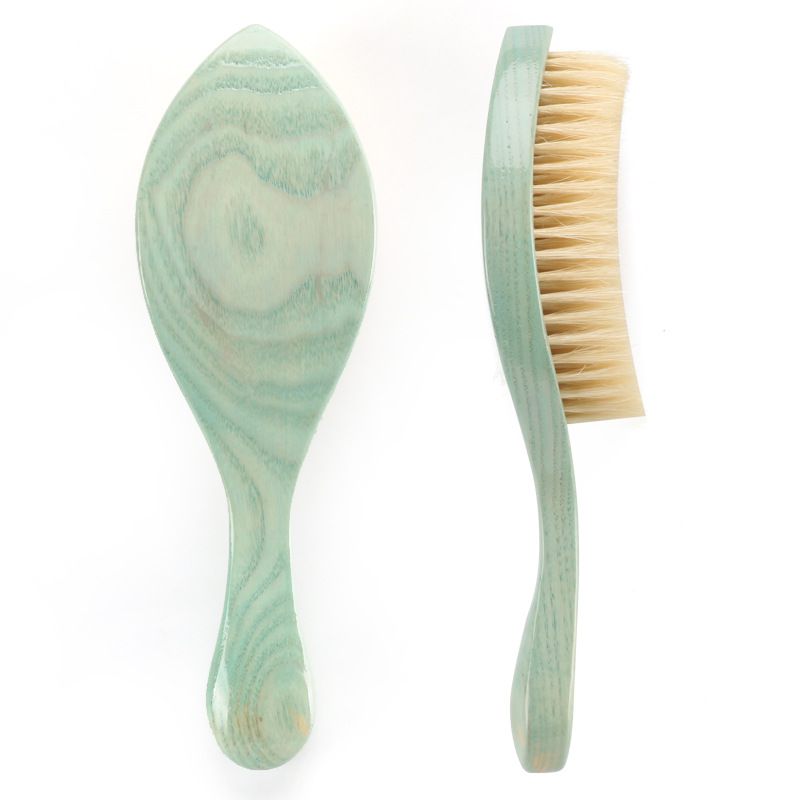Industry news
Shaving Brush Technology: Adapting to Changing Consumer Preferences
- 111 Views
- 2025-10-01 02:31:34
Shaving Brush Technology: Adapting to Changing Consumer Preferences
For over a century, the shaving brush has been a cornerstone of the traditional wet shave, valued for its ability to create rich lathers and elevate the shaving experience. However, as consumer preferences evolve in the 21st century—driven by sustainability, personalization, and performance demands—shaving brush technology is undergoing a quiet revolution. From material innovations to design tweaks, manufacturers are reimagining this classic tool to align with modern needs.
The Shift in Consumer Priorities
Today’s consumers are no longer satisfied with one-size-fits-all products. Three key trends are reshaping their expectations:

1. Sustainability Takes Center Stage
Environmental consciousness has moved from niche to mainstream, with 60% of global consumers prioritizing brands that demonstrate eco-friendly practices (Nielsen, 2023). For shaving brushes, this translates to demand for materials that minimize environmental impact. Traditional plastic handles and non-biodegradable synthetic brush filaments are increasingly replaced by renewable alternatives, while single-use culture is giving way to durability and recyclability.
2. Personalization as a Differentiator
Modern shoppers seek products that reflect their unique tastes and needs. A 2022 survey by Deloitte found that 48% of consumers are willing to pay more for personalized items. In shaving, this means customizable handle designs, brush filament density, and even grip textures—catering to diverse hand sizes and shaving styles, from aggressive beard trims to gentle facial shaves.
3. Performance Meets Comfort
Beyond aesthetics, functionality remains king. Consumers now expect brushes that lather quickly, feel soft against the skin, dry fast to prevent mold, and resist shedding. These demands are pushing manufacturers to rethink everything from brush filament structure to handle ergonomics.
How Technology is Adapting
To meet these shifting preferences, the industry is innovating across three key areas:
Material Innovation: From Plastic to Planet-Friendly
Synthetic brush filaments, once criticized for their harshness, are now being reinvented using bio-based polymers derived from cornstarch or sugarcane. These “green synthetics” mimic the softness of natural badger hair (a traditional favorite) but without ethical concerns over animal sourcing. Brands like Edwin Jagger and Muhle have launched lines using these materials, reporting a 35% uptick in sales among eco-conscious consumers.
Handles, too, are getting a sustainable makeover. Bamboo, recycled aluminum, and even reclaimed wood are replacing plastic, offering durability with a lower carbon footprint. Some manufacturers are going further: Italian brand Omega uses leftover coffee grounds mixed with resin to create unique, odor-resistant handles—a nod to circular economy principles.
Design for Personalization and Longevity
Modular design is emerging as a game-changer. Brushes with detachable brush heads allow users to replace worn filaments without discarding the entire handle, reducing waste. RazoRock’s “Switch” series, for example, lets customers swap between soft and firm brush heads, catering to different shaving creams or skin sensitivities.
3D printing is also democratizing customization. Small-batch brands now offer handles tailored to individual grip preferences—whether a curved shape for those with arthritis or a engraved monogram for gifting. This technology cuts production waste by 40% compared to traditional molding, as it only uses material where needed.
Performance Engineering: Softness, Speed, and Sanitation
Brush filament engineering has become a science. Microscopic “split-tip” designs, inspired by natural hair’s structure, create more surface area for lather retention, while hollow-core filaments reduce drying time by 50%. Brands like Parker have even added silver-ion coatings to filaments, inhibiting bacterial growth—a feature 72% of consumers cite as “important” in post-pandemic surveys (ShavingStats, 2023).
Handle ergonomics are being refined using heat-mapping technology to identify pressure points during shaving, leading to contoured grips that reduce hand fatigue. Meanwhile, quick-dry bases with drainage holes prevent water buildup, addressing a common complaint about traditional brushes: mold growth in damp bathrooms.
The Future of Shaving Brushes
As consumer preferences continue to evolve—likely leaning further into sustainability, smart functionality (e.g., app-connected care reminders), and inclusive design (e.g., brushes for sensitive skin or electric shaver users)—technology will remain the bridge between tradition and modernity. The shaving brush, once a symbol of old-world grooming, is proving that with innovation, even the most classic tools can stay relevant.
For manufacturers, the lesson is clear: adaptability isn’t just about keeping up with trends—it’s about anticipating them. By combining heritage craftsmanship with cutting-edge technology, the shaving brush is poised to remain an essential part of the modern grooming ritual for decades to come.











